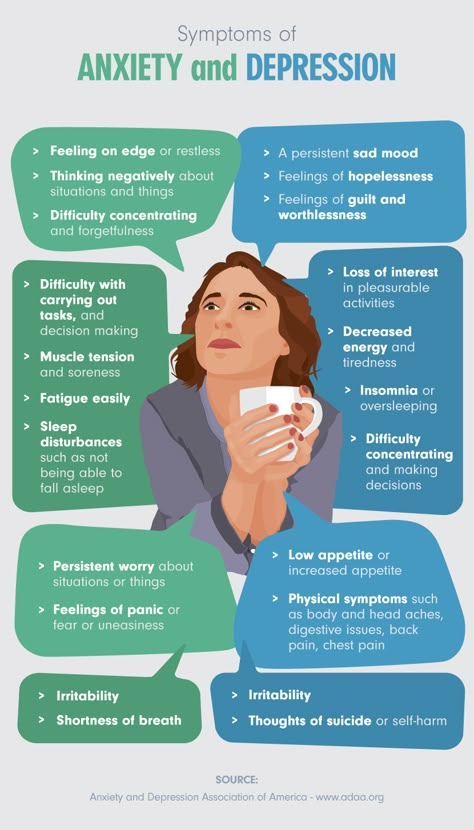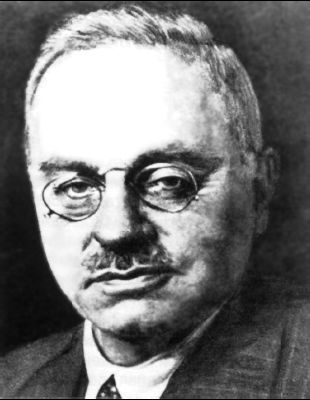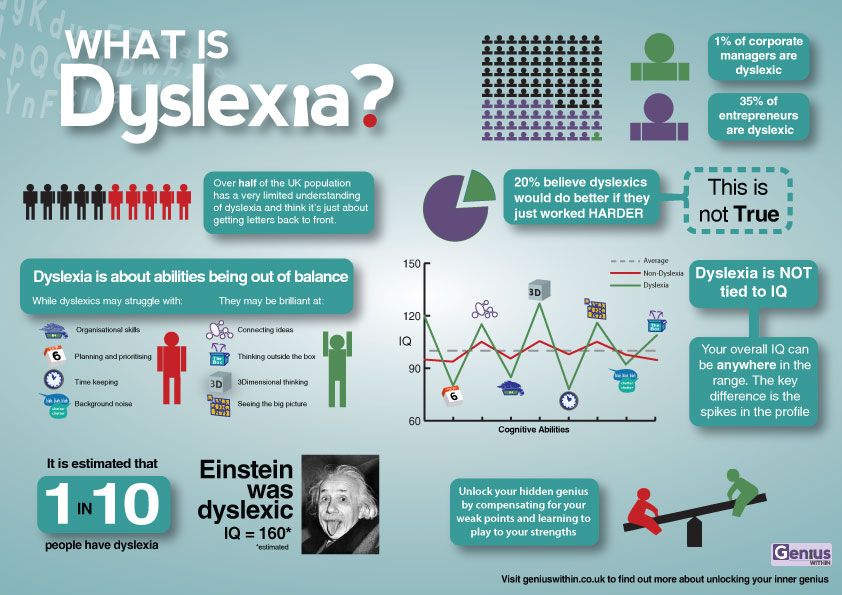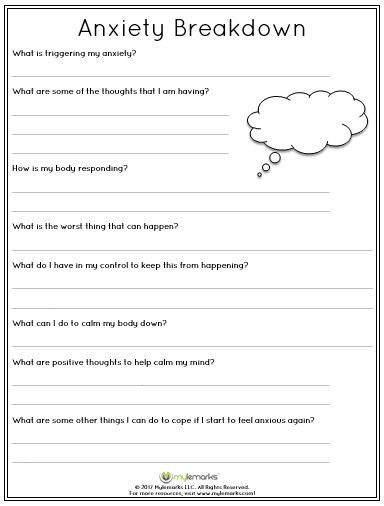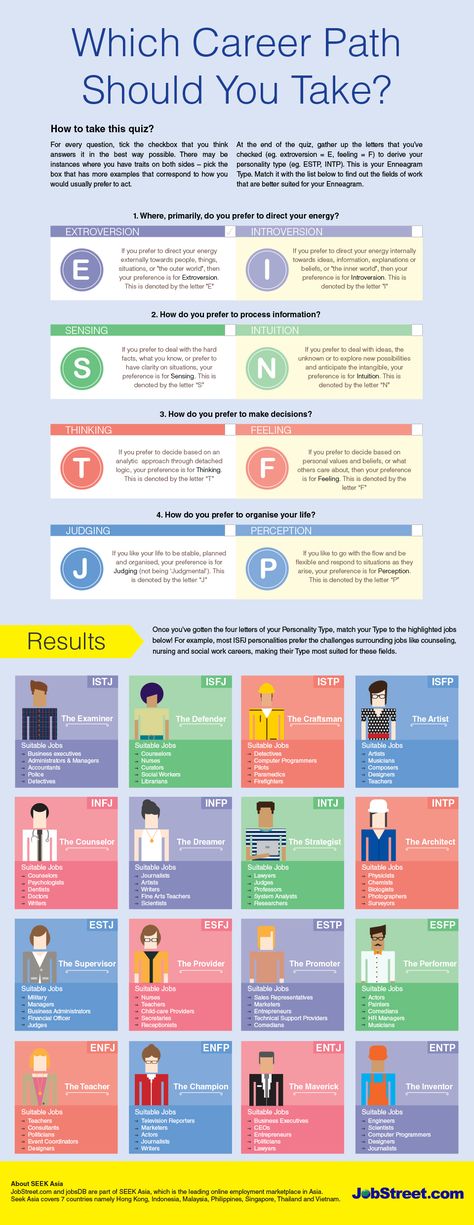Interesting facts about agoraphobia
6 Common Myths and Misconceptions About Agoraphobia Debunked
Agoraphobia is a condition in which one has severe anxiety about leaving home. There are many myths about this condition — find out the facts.
Agoraphobia is a condition in which one experiences extreme discomfort and anxiety symptoms after leaving a perceived safe area or going into uncertain situations. Because few people know about this condition, there are many agoraphobia myths and misconceptions passed as fact. Uncover the truth about agoraphobia here.
Myth: People with agoraphobia never leave the house.
Fact: For some people with agoraphobia, leaving the house can be extremely challenging, but this is not true for all people with the condition.
Not all cases of agoraphobia present in the same way. Some people who live with agoraphobia do not struggle with leaving their home, but experience difficulties in situations in which it may be difficult to escape or it would feel embarrassing to do so. Often it is the fear of having a panic attack in such situations that perpetuates the high anxiety characteristic of agoraphobia.
Like with any condition, people with agoraphobia can have flare-ups. There may be times in which someone with agoraphobia is managing well and can leave home and go into crowds or other triggering areas with few symptoms. During more intense periods of the disorder, it can be far more difficult to push through the anxiety and panic; such periods may result in isolation and in extreme cases, the inability to leave one’s home.
Myth: Agoraphobes don’t go outside.
Fact: The symptoms of agoraphobia can vary widely, and not everyone with the condition avoids going outside.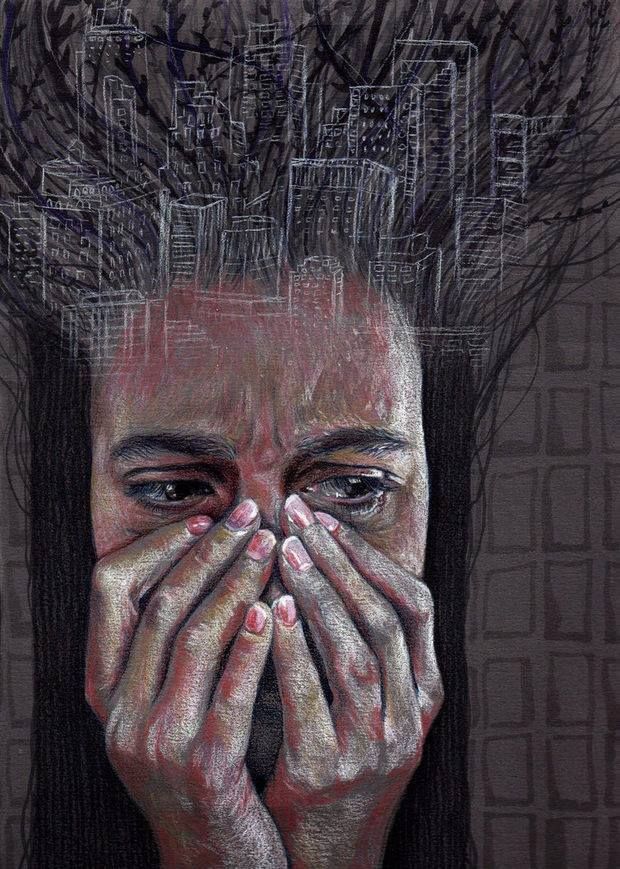
Agoraphobia ranges in severity. In severe circumstances in which someone has debilitating panic disorder with agoraphobia, it may be difficult to leave the home, but this is not a common circumstance. The challenges people with agoraphobia face depend on the level of intensity of the condition. Many people with this condition have no problem with being outside or in familiar locations. For people with agoraphobia who do struggle to go outside, the isolation of the condition is even more intense and limiting. It can be challenging for people with this level of agoraphobia to function or meet their basic needs.
As with most anxiety-based disorders, agoraphobia gets worse if left untreated. If the condition worsens, it can become more likely for the avoidance techniques to become more complex, which can involve an increased fear of being outside.
Myth: People with agoraphobia are lazy.
Fact: Agoraphobia is not a character flaw; it is a set of behaviors that arise from intense anxiety and fear.
The stereotype of people with agoraphobia being lazy is a damaging mischaracterization of people with this condition. People who judge others with agoraphobia most likely do not comprehend the severity of the condition. If one has never experienced a panic attack or phobia of any kind, it might seem as though someone with a condition like this is exaggerating their fear.
One of the most important facts that anyone can learn about a mental health condition is that, regardless of whether we understand or have experienced such things, they do exist and they are very real. Judging someone as “lazy” instead of trying to understand their mental health struggles is in itself, lazy. People with agoraphobia need compassion and understanding rather than judgment. Being judged negatively for a condition one cannot control is unfair. In reality, people with agoraphobia often struggle with shame and guilt about the limiting nature of their condition. Undue criticism and judgment only worsen the negative self-evaluation of those struggling with this challenging disorder.
Myth: Agoraphobia is the same as introversion.
Fact: Agoraphobia and introversion are the same.
It is true that people with agoraphobia tend to score lower in extroversion scales. However, agoraphobia is a mental health diagnosis and introversion/extroversion ratings are not. Everyone has a level of introversion or extroversion as part of their personality style. One can be highly introverted without any anxiety or social phobia. Agoraphobia is not a personality trait, it is a type of anxiety disorder. Introversion and agoraphobia can result in similar avoidance of crowds, but the difference lies in the internal experience. Someone who is introverted may dislike crowds without having any particular fears associated with them, while someone who is agoraphobic could also be extroverted and struggle in specific ways that are unrelated to interacting with people. Agoraphobia can manifest in any number of ways that are unique to the individual experiencing it.
Fact: There are key differences between agoraphobia and social phobia .
People with agoraphobia may struggle with being in crowds or confined spaces, but this does not mean that they dislike people or wish to avoid others. Social anxiety can co-exist with agoraphobia but is a separate condition with different symptoms. Those who have social anxiety may struggle with interacting with others. This does not necessarily mean that people with social phobia experience anxiety about leaving home or going into areas in which there isn’t an easy escape. Social phobia is a type of anxiety that is based on fear of interacting with other people. Agoraphobia is a type of anxiety that is based on fear of leaving a perceived safe zone, or fear of being trapped in a situation in which one has limited ability to get out of the situation of stress.
Myth: Agoraphobia is the same as panic disorder.
Fact: Panic disorder and agoraphobia are not the same conditions.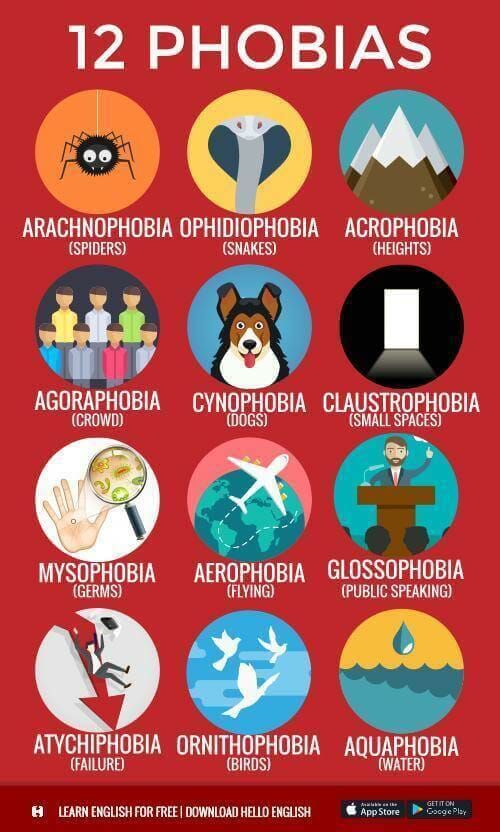
One can have panic disorder without agoraphobia. Sometimes agoraphobia is a complication that occurs for people with panic disorder, but both conditions can exist independently. Agoraphobia was previously considered a subset of panic disorder. It has since been reclassified in the Diagnostic and Statistical Manual of Mental Disorders, Fifth Edition and has its own designation under the broader scope of anxiety disorders.
An important similarity between panic disorder and agoraphobia is the intense feeling of dread and physical symptoms that can manifest as a result of these disorders. In both agoraphobia and panic disorder, physical symptoms can manifest as difficulty breathing, shakiness, heart palpitations, nausea or feeling a loss of control when experiencing a flare-up. These similarities can make it complex to differentiate the two conditions at times, and this is why agoraphobia was listed as a type of panic disorder prior to 2013. Both agoraphobia and panic disorder are treatable conditions, even if they co-exist in an individual.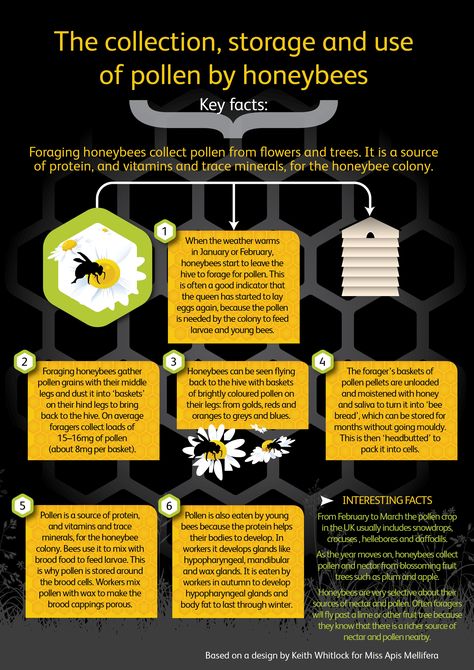 Identifying triggers and determining whether symptoms stem from one, or both conditions is a good first step.
Identifying triggers and determining whether symptoms stem from one, or both conditions is a good first step.
If you or a loved grapples with co-occurring addiction and agoraphobia, help is available. Reach out to The Recovery Village today for more information.
Editor – Megan Hull
Megan Hull is a content specialist who edits, writes and ideates content to help people find recovery. Read more
Medically Reviewed By – Paula Holmes, LCSW
Paula Holmes is a licensed clinical social worker, psychotherapist and freelance writer who lives and works in midcoast Maine. She received her master's degree in Social Work in 2008 from the University of Maine. Read more
Peterson, Tanya J. MS. “Avoidance and Agoraphobia Come From Fear, Not Failure.” Healthy Place, January 21, 2016. Accessed May 26, 2019.
Carrera, M. et al. “Personality traits in early phases of pa[…]short‐term outcome.” Acta Psychiatrica Scandinavica, June 15, 2006. Accessed May 26, 2019.
Psychiatry.org. “Diagnostic and Statistical Manual of Men[…]rders, Fifth Edition.” 2013. Accessed May 26, 2019.
Medical Disclaimer
The Recovery Village aims to improve the quality of life for people struggling with substance use or mental health disorder with fact-based content about the nature of behavioral health conditions, treatment options and their related outcomes. We publish material that is researched, cited, edited and reviewed by licensed medical professionals. The information we provide is not intended to be a substitute for professional medical advice, diagnosis or treatment. It should not be used in place of the advice of your physician or other qualified healthcare providers.
Symptoms, causes, diagnosis, and outlook
Agoraphobia is an anxiety disorder. It can trigger intense fear in situations where escape may be difficult or help hard to access.
The name comes from the ancient Greek word “agora,” which refers to a place of assembly or a marketplace.
People often misunderstand agoraphobia as a fear of open spaces, but it is more complex than that. Situations that may trigger fear in people with agoraphobia include:
- crowded or enclosed spaces
- open and remote spaces
- being far from home
Some people with agoraphobia also have panic attacks or panic disorder. When the symptoms are severe, they can keep a person from leaving their home.
Agoraphobia can develop at any age, but the symptoms usually appear at around 25–35 years of age, and they affect females more often than males.
Here, learn more about agoraphobia, including how it can affect a person’s life and the types of help available.
The Diagnostic and Statistical Manual of Mental Disorders, Fifth Edition (DSM-5) classes agoraphobia as an anxiety disorder.
A person with this type of disorder has persistent feelings of anxiety that affect their ability to function in daily life.
Agoraphobia is an anxiety disorder that involves a fear of being in places from which it is hard to escape or receive help.
Feelings of embarrassment, helplessness, or being trapped can trigger agoraphobia. A person may have one or more of these feelings in crowded or remote areas or on bridges or public transport, for example.
Agoraphobia can develop after a person has had a panic attack. A fear of further attacks, for example, may cause the person to avoid the kinds of situation in which the first attack took place. Though agoraphobia may follow panic disorder, the DSM-5 considers them separate diagnoses.
People with agoraphobia may need help from a companion to visit public places. They may feel unable to leave home on their own or at all.
Doctors usually treat agoraphobia with a combination of medication and cognitive behavioral therapy (CBT), a type of psychotherapy.
Medication
One or both of the following types of prescription medication may help:
- Selective serotonin reuptake inhibitors: Known as SSRIs, these antidepressants may help with agoraphobia, but they can take 2–4 weeks to start working.
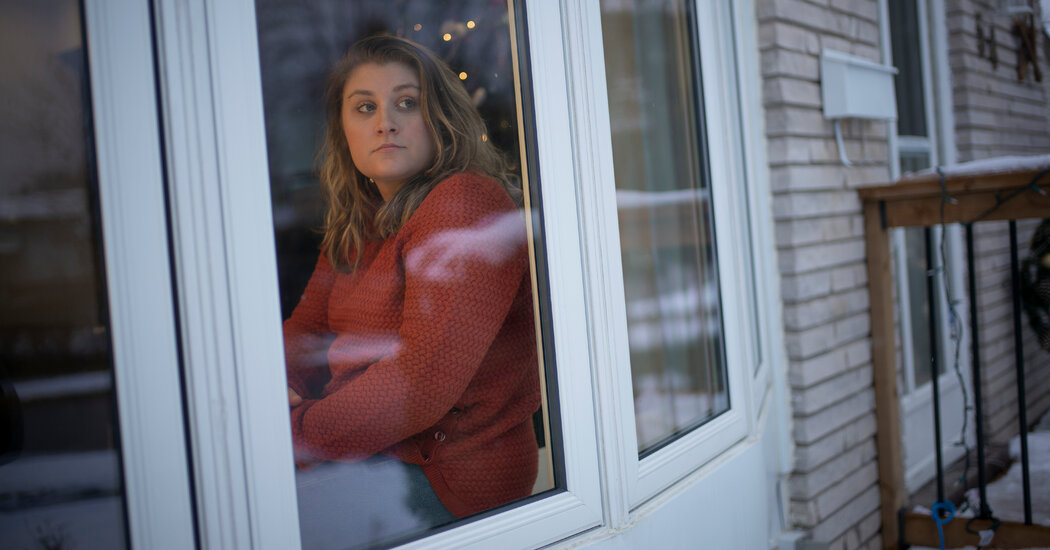
- Benzodiazepines: These are sedative medications that can relieve the symptoms of anxiety in the short term. However, there is a high risk of dependence with these drugs.
It is important to note that antidepressants sometimes have unwanted effects at the beginning, which may make symptoms of the disorder seem worse. People should follow their doctor’s instructions and ask for advice if they have concerns about side effects.
Psychotherapy
In a psychotherapy appointment, a person works with a therapist to address the causes and symptoms of their anxiety. In the process, the person can find new ways of facing their fears.
CBT focuses on changing the way that a person thinks about and reacts to certain circumstances. The person may learn:
- new ways of facing the situations that trigger their symptoms
- new ways of managing stress and symptoms of agoraphobia
- techniques for managing fear, such as deep breathing exercises
To help a person overcome their fear, a therapist may start by walking a short way from home with them and gradually increase the distance over time. This can provide a safe way to confront unwanted feelings.
This can provide a safe way to confront unwanted feelings.
Initial treatment may take place online or by telephone, making it unnecessary for the person to leave their home.
Friends and loved ones can also help by learning about agoraphobia, showing understanding, and encouraging the person to take new steps as they feel ready.
Self-care tips for managing symptoms
Some helpful strategies for people with agoraphobia include:
- seeking help and following the resulting treatment plan
- practicing relaxation techniques
- getting regular exercise
- having a healthful diet
- avoiding drinks that contain alcohol or caffeine, including sodas
- avoiding recreational drugs
Agoraphobia can involve a combination of fears, other feelings, and physical symptoms. These can all vary from mild to severe.
Some people can manage agoraphobia symptoms by following a routine. For others, it can be severely debilitating.
According to the DSM-5, a person with agoraphobia commonly fears:
- using public transportation
- being in open spaces
- being in enclosed spaces
- standing in line
- being in a crowd
- being outside of the home alone
The most characteristic fear involves a situation in which dangers arises and help is unavailable or escape is impossible. The fear can escalate until the person has a panic attack.
The fear can escalate until the person has a panic attack.
Physical symptoms
When agoraphobia occurs with panic attacks, the physical symptoms can include:
- a racing heart or rapid heartbeat
- shortness of breath or hyperventilating
- sweating
- feeling sick
- chest pain or discomfort
- dizziness
- faintness
- vomiting and other gastrointestinal symptoms
- flushing and chills
- choking
- trembling
- a sense of disorientation
Also, a 2015 study found that levels of low-grade inflammation appeared to increase over time in people with agoraphobia. This suggests that people with the condition may have a higher risk of atherosclerosis and coronary heart disease.
Changes in behavior
A person with agoraphobia avoids certain triggering situations, and they may also:
- change their behavior at home, school, or work
- stop seeing friends
- do all their shopping online
- start misusing alcohol and drugs
A person may also become dependent on others or avoid leaving home for a long time.
The specific reasons why agoraphobia develops remain unclear, but changes in the areas of the brain that control the fear response may play a role.
The DSM-5 lists three types of risk factors:
- Environmental factors: Agoraphobia may develop after experiencing a crime, abuse, or a traumatic event.
- Genetic factors: There are signs that people can inherit it.
- Temperamental factors: Some people appear to be more prone to anxiety-related disorders.
Regarding the apparent link between panic disorder and agoraphobia, the DSM-5 reports that 30–50% of people with agoraphobia had a panic disorder diagnosis or panic attacks before the agoraphobia symptoms arose.
To diagnose agoraphobia, a healthcare professional will interview the person and ask about their symptoms. They may also ask how the person feels about leaving the house and being in certain situations.
Using criteria from the DSM-5, doctors can diagnose agoraphobia if a person experiences anxiety or extreme fear in at least two of the following situations.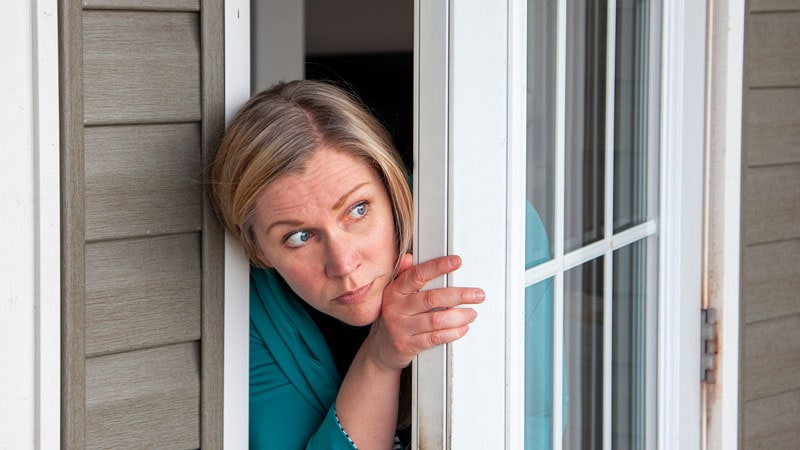
- public transport
- open spaces
- enclosed spaces
- a crowd or a line
- out of the house alone
In addition, the doctor looks for the following features:
- The person avoids the triggering situation or refuses to be there without a trusted companion.
- The reason for the avoidance is a fear of being unable to escape, get help, or care for themselves if embarrassing or panic-like symptoms occur.
- The fear and anxiety are out of proportion to any real danger that may exist.
- The fear and anxiety cause profound distress and affect the person’s ability to function.
- There is no other explanation for the fear and anxiety.
The symptoms must be persistent, and the person must have experienced them for at least 6 months to receive a diagnosis.
The doctor also needs to establish that the symptoms do not result from another disorder, such as a specific phobia or social anxiety disorder. They may perform or order tests to rule out other conditions that could cause the symptoms.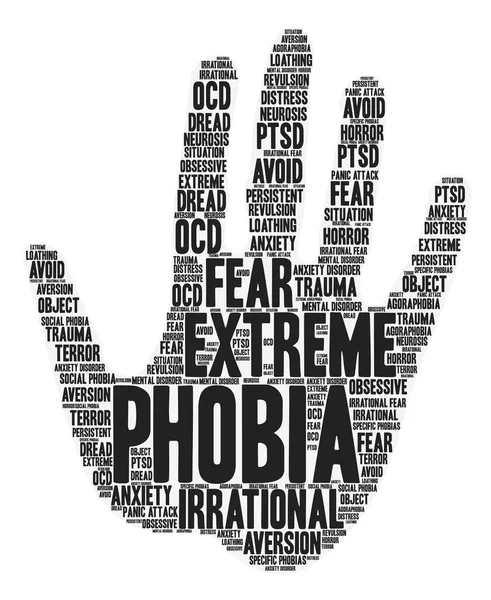
A person with a diagnosis of agoraphobia may be eligible for a disability allowance.
The DSM-5 considers agoraphobia to be persistent and chronic if a person does not receive treatment. For many, it is a lifelong condition. However, treatment can help people manage the symptoms.
As many as 1 in 2 people with agoraphobia who receive treatment may make a full recovery. Others may see a significant improvement, with symptoms only reoccurring in times of stress.
Without treatment, around 10% of people experience significant or total relief from symptoms.
Agoraphobia can have a profound impact a person’s day-to-day functioning. Anyone experiencing the symptoms should seek treatment as soon as possible.
What you need to know about agoraphobia and how to distinguish it from anxiety - HEROINE
After the pandemic, many people may be afraid of contact with large crowds or going out. To some extent, this condition is normal - we are all now getting used to the old-new life, however, if it does not go away, it is worth considering. Such signs can signal agoraphobia - an irrational fear that is largely associated with social situations. We understand what it is, how to identify the problem and why it is worth distinguishing between it and post-quarantine anxiety.
Such signs can signal agoraphobia - an irrational fear that is largely associated with social situations. We understand what it is, how to identify the problem and why it is worth distinguishing between it and post-quarantine anxiety.
What is the difference between phobia and anxiety
There are many types of anxiety disorders, one of them is generalized anxiety disorder. It includes anxiety associated with specific actions, events and situations. It is worth talking about the appearance of such a condition if it manifests itself within a few months. According to clinical psychologist and author of Joy from Fear: Create the Life of Your Dreams by Making Fear Your Friend Carla Manley, the disorder is very different from anxiety: the latter is easier to control and does not affect a person's life as much, does not lead to insomnia or irritability. Phobia at the same time has much in common with a generalized disorder, but at the same time differs from it.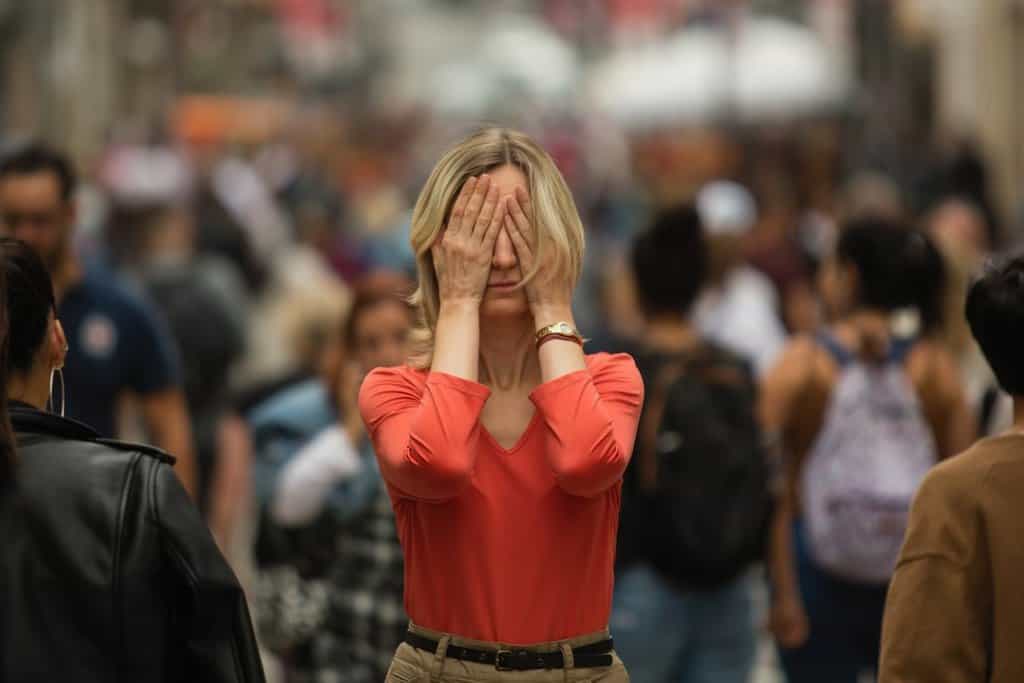 It is caused by a certain object or situation that will immediately cause a feeling of fear, and the main concern will be associated with them.
It is caused by a certain object or situation that will immediately cause a feeling of fear, and the main concern will be associated with them.
According to the National Institute of Mental Health, 12% of American adults have experienced a phobia at one time or another. TalkSpace therapists note that its main varieties are thanatophobia (fear of death), atychiphobia (fear of failure) and agoraphobia.
How to tell if you have agoraphobia
This is an anxiety disorder in which a person is afraid to go outside. According to Manley, in order to identify this phobia in a person, it is necessary to make sure that the person is afraid of at least two of the following situations:
- travel by public transport;
- loneliness outside the home;
- waiting in line;
- stay in the crowd;
- being in a large enclosed space.
Mayo Clinic experts believe that agoraphobia also includes anxiety, which is associated with a feeling of being trapped - for example, when a person simply does not know what awaits him in the outside world. When in contact with the main triggers, a person may feel helpless, embarrassed, fearful, sometimes panic attacks occur, heart rate increases and nausea occurs. Sometimes the state of health worsens so much that a person with agoraphobia can refuse even the simplest interactions like going to the store and stay at home all the time. According to the National Institute of Mental Health, 0.8% of Americans over the age of 18 suffer from agoraphobia, which is about 1.7 million citizens. Almost half of them have an advanced form of the disorder that interferes with personal and work relationships.
When in contact with the main triggers, a person may feel helpless, embarrassed, fearful, sometimes panic attacks occur, heart rate increases and nausea occurs. Sometimes the state of health worsens so much that a person with agoraphobia can refuse even the simplest interactions like going to the store and stay at home all the time. According to the National Institute of Mental Health, 0.8% of Americans over the age of 18 suffer from agoraphobia, which is about 1.7 million citizens. Almost half of them have an advanced form of the disorder that interferes with personal and work relationships.
Phobia-prone people are now in danger: social distancing conditions have led to believe that avoiding habitual interactions will prevent them from contracting COVID-19. However, to make a diagnosis, the help of a clinical psychologist or psychiatrist is required: he will ask the person about the cases when he experiences the greatest anxiety. Sometimes there is a possibility of a hereditary tendency to generalized anxiety disorder, so the specialist can supplement his vision of the situation by learning about the situation in the family.
Coping with it
The first step is to observe yourself or a family member who is likely to have agoraphobia to see if pandemic anxiety turns into a constant feeling of fear. If a person does not want to perform social interactions for a long time, you should immediately contact a specialist - he will confirm the diagnosis and prescribe treatment. Over time, the phobia progresses, so you need to act quickly. Like generalized anxiety disorder, agoraphobia is diagnosed about six months after a person has persistent symptoms, and treatment requires the involvement of cognitive behavioral therapists who work through cases associated with certain triggers.
Your doctor may prescribe selective serotonin and norepinephrine reuptake inhibitors such as Paxil, Prozac, Duloxetine, and anti-anxiety drugs such as Xanax and Klonopin. Changes in the rhythm of life will be required: regular exercise, a healthy diet, breathing meditation, avoiding the use of dietary supplements.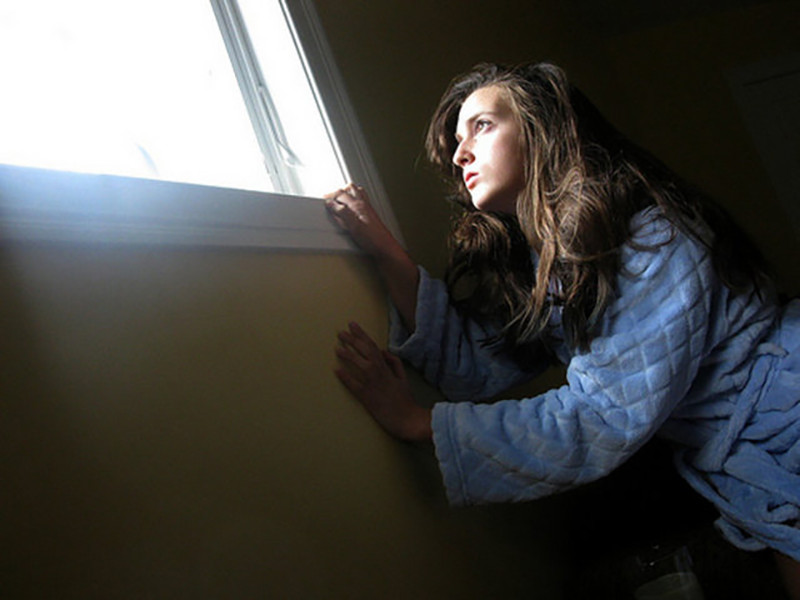 Change won't get rid of agoraphobia, but it will help reduce overall levels of anxiety. Over time, if the doctor allows, a person can go outside in the presence of loved ones, gradually increasing the route: walking to the nearest store, going to the park. This will allow you to adapt to the outside world.
Change won't get rid of agoraphobia, but it will help reduce overall levels of anxiety. Over time, if the doctor allows, a person can go outside in the presence of loved ones, gradually increasing the route: walking to the nearest store, going to the park. This will allow you to adapt to the outside world.
Read related: Allergy to the world: what is multiple chemical sensitivity
Add to favorites
Share
Related articles:
Top 10 famous people with agoraphobia |
Famous and successful people sometimes feel that nothing can unsettle them. However, most of them suffer from an anxiety disorder called agoraphobia.
This condition is a fear of places or situations that can trigger a panic attack or lead to feelings of helplessness or embarrassment. This is usually caused by the concern that if the anxiety increases, they will not have the opportunity to escape. Here are ten unexpected famous people who, despite their success, experience uncontrollable anxiety.
Here are ten unexpected famous people who, despite their success, experience uncontrollable anxiety.
10Donny Osmond
Donald Clark Osmond is a former teen idol who began his celebrity career in the family's soft rock band, The Osmonds. Their peak since 1971 to 1975 brought them several gold albums and ten top hits. Later, Osmond became a solo artist and recorded several more Top 10 songs, and then began to perform with his sister Marie as a TV presenter and duet. They hosted an Emmy-nominated daytime talk show and performed at the Flamingo Residence in Las Vegas for eleven years until 2019.
In the 1990s, Osmond achieved success in musical theater, starring as Joseph in Joseph and the Amazing Techno Dreamcoat. Despite appearing in over two thousand performances, Osmond suffered from social anxiety, which caused him to become dizzy and extremely nervous during performances.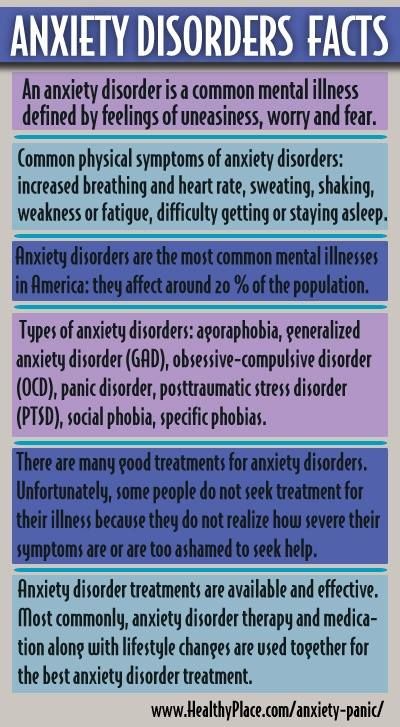
Osmond spoke about his struggle with agoraphobia in his memoir Life Is What You Do and on the TV show Dr. Phil. He said his celebrity and fears that he would fail and negatively impact his family caused him anxiety. His frustration was so severe that it caused panic attacks that caused him to curl up in a corner of the room. He also experienced uncontrollable shaking, which resulted in a visit to the hospital. On CBS News, Osmond said: "I remember moments when before I went on stage, I had a choice: to go on stage or die, I would choose death."
9Paula Dean
Paula Ann Hirs Dean, also known as the "Queen of Southern Cooking", is best known as a cooking show host and author of over a dozen cookbooks. She began her career on the Food Network in 1999 and has appeared on shows such as Ready, Set, Cook!, Paula's Home Cooking, and Paula's Best Dishes. In June 2007, Paula Dean's show "Paula's Home Cooking" won a Daytime Emmy Award. However, did you know that she acquired her cooking skills through her anxiety disorder?
In June 2007, Paula Dean's show "Paula's Home Cooking" won a Daytime Emmy Award. However, did you know that she acquired her cooking skills through her anxiety disorder?
For most of her life, Dean suffered from an acute form of agoraphobia. It began in the mid-twenties after the death of her parents, which caused a strong fear of death. This fear triggered panic attacks that kept her from leaving the house for weeks at a time. Dean found that during these bouts she could only visit the supermarket, but not go very far inside. She says, “I learned how to cook with ingredients that were kept near the door,” and has been working on mastering the classic southern dishes her grandmother taught her.
8 Macaulay Culkin
Macaulay Culkin is an American actor, one of the most successful child actors of the 1990s. He is best known for his role as Kevin McCallister in the first two films of the Home Alone series, where the Golden Globes won him Best Actor. Culkin also starred in 1993's The Nutcracker and 1994's Richie Rich. Culkin was included in the E! the 50 Greatest Child Stars and Vh2's 100 Greatest Child Stars. As he grew up, his fame faded and he became a recluse, hardly ever leaving his house.
Culkin also starred in 1993's The Nutcracker and 1994's Richie Rich. Culkin was included in the E! the 50 Greatest Child Stars and Vh2's 100 Greatest Child Stars. As he grew up, his fame faded and he became a recluse, hardly ever leaving his house.
In 2004, he admitted to Larry King that he suffered from agoraphobia. His anxiety stemmed from a fear of photographers invading his privacy and a feeling that the buildings would eat him up if he left the house. He worked on his condition and bought a dog to go out for walks.
7Kim Basinger
Kimila Ann Basinger is a former fashion model and American actress whose good looks and comedic skills earned her the status of a major movie star in the 1980s. She began her career as a television actress at 1976 and has since starred in numerous films, including the 1983 Bond film Never Say Never Again, Tim Burton's 1989 film Batman, and the 2017 film Fifty Shades Darker.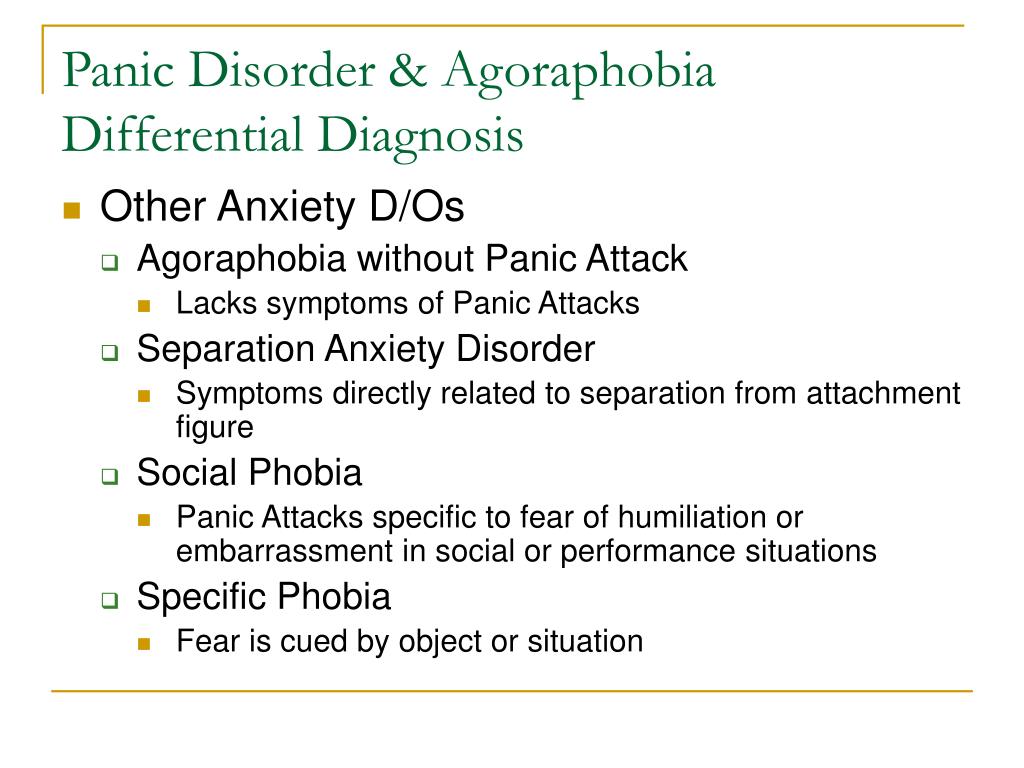 Basinger also won an Oscar for Best Supporting Actress in the 1997 film LA Confidential. With such an impressive portfolio of work, it's hard to believe that she's been battling anxiety disorders since childhood.
Basinger also won an Oscar for Best Supporting Actress in the 1997 film LA Confidential. With such an impressive portfolio of work, it's hard to believe that she's been battling anxiety disorders since childhood.
In her youth, Basinger's anxiety was so severe that her parents initially thought she had autism. She remained vulnerable to her condition even when she achieved fame. She was afraid of public places and spent days in enclosed spaces, crying in the most difficult moments of her condition.
At the age of 20, Basinger suffered a severe attack that left her sweating, trembling, and locked up in her house for six months. Basinger spoke publicly about her experience and helped raise awareness of the disorder by starring in the HBO documentary Panic: A Film About Getting Over.
6Barbra Streisand
Barbara Joan "Barbra" Streisand has decades of experience in various entertainment fields and is a successful singer, actress and director.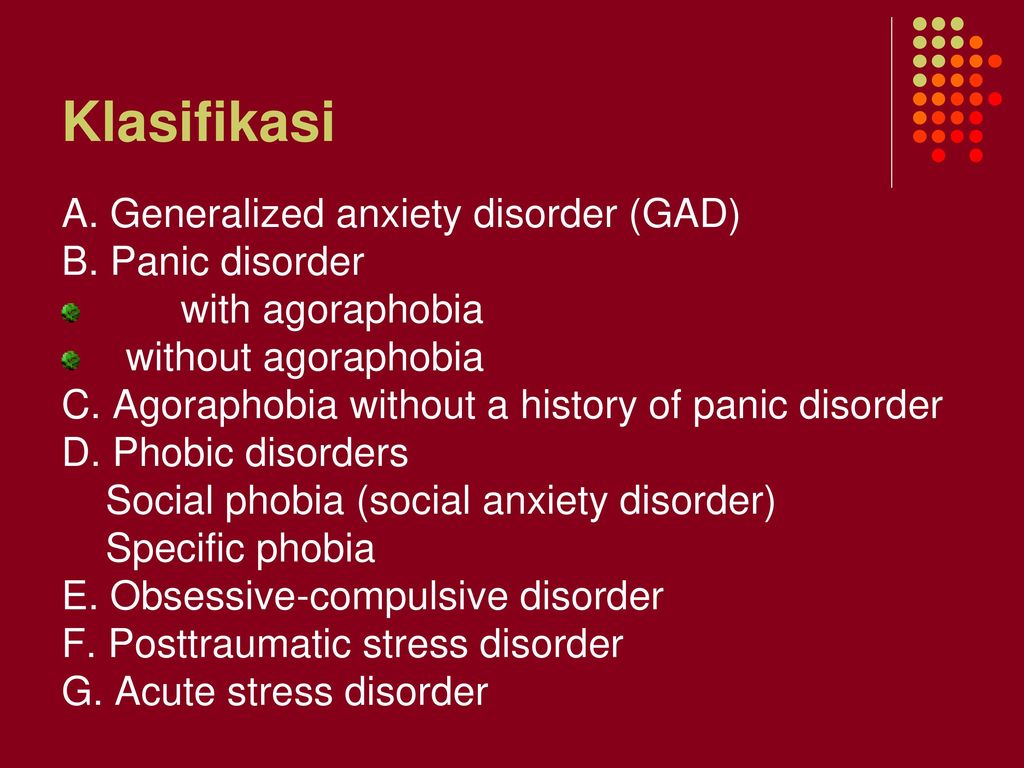 She is one of the few people to win Emmy, Grammy, Oscar and Tony awards. She is one of the best-selling recording artists with over 150 million records sold worldwide. Streisand has also appeared in numerous films including Funny Girl, Hello Dolly! and the 2012 film Guilt Trial with Seth Rogen. After the release of the film "Yentl" at 19At 83, she became the first woman to write, produce, direct and star in a major studio feature. She also became the first woman to win the Golden Globe Award for Best Director.
She is one of the few people to win Emmy, Grammy, Oscar and Tony awards. She is one of the best-selling recording artists with over 150 million records sold worldwide. Streisand has also appeared in numerous films including Funny Girl, Hello Dolly! and the 2012 film Guilt Trial with Seth Rogen. After the release of the film "Yentl" at 19At 83, she became the first woman to write, produce, direct and star in a major studio feature. She also became the first woman to win the Golden Globe Award for Best Director.
Despite all her success, Streisand did not appear in public for 27 years. She refused to perform after she forgot the lyrics to the song on stage at a free concert in New York's Central Park in 1966. Being a perfectionist, this incident affected her greatly. She starred in the film Funny Girl which caused some controversy by demanding that 300 police officers attend the concert, but there were only 30. She got scared and said, “I forgot the lyrics to three of my songs…. I was completely out of my depth.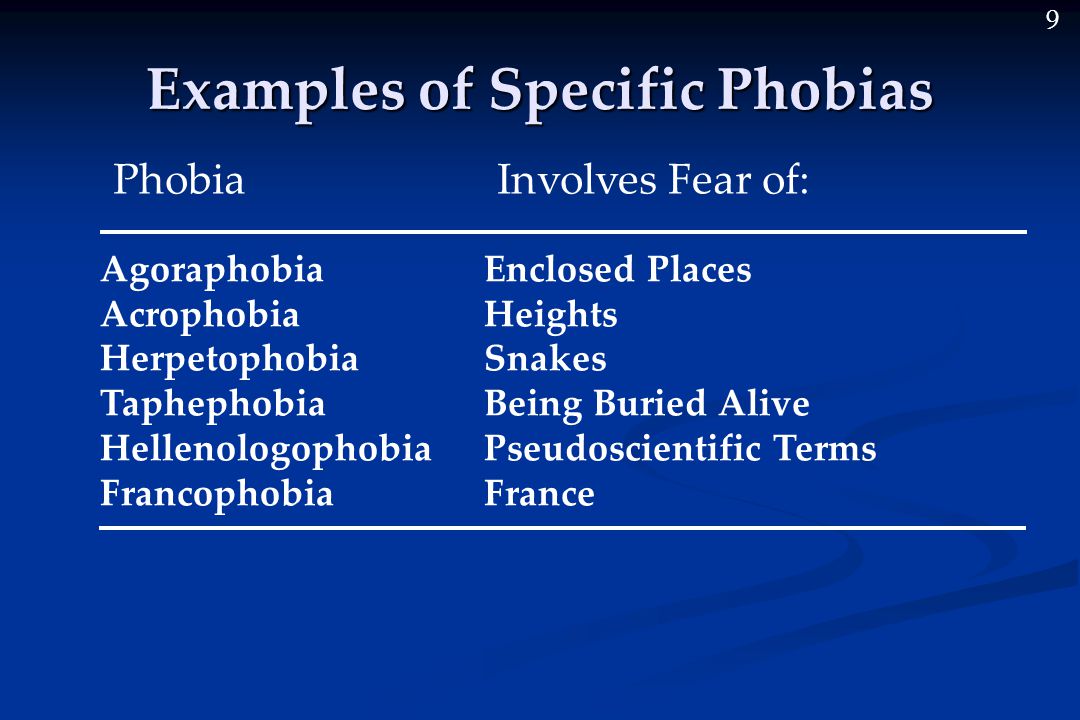 This is show business. Aren't you supposed to be sweet and melodious? Nothing. And so I didn’t sing again for 27 years.”
This is show business. Aren't you supposed to be sweet and melodious? Nothing. And so I didn’t sing again for 27 years.”
Streisand tried anti-anxiety medication and sought professional help to start performing again. She realized that the root of her agoraphobia lay in her need to appear perfect. As soon as Streisand stopped striving for perfection on stage and believed that she was enough, her condition improved.
5Earl Campbell
Earl Christian Campbell, also known as "Tyler Rose", is an American former professional football player in the National Football League (NFL). He was one of the top power runners during his career with the Houston Oilers and New Orleans Saints. Campbell accepted a scholarship to play college football for the Texas Longhorns and won the Heisman Trophy. At 19He was drafted by the Oilers in 1978 and was named NFL Rookie of the Year. In 1979, he received the NFL Most Valuable Player (MVP) award and was named MVP two more times. The NFL also inducted him into the Hall of Fame.
In 1979, he received the NFL Most Valuable Player (MVP) award and was named MVP two more times. The NFL also inducted him into the Hall of Fame.
After leaving the NFL, Campbell began to suffer from uncontrollable stroke-like sensations. In 1989, he finally sought help and was diagnosed with panic and anxiety disorder. After receiving help for his disorder, Campbell spoke to doctors and patient groups across America, talking about his experiences and inspiring others to seek help.
Currently, people from all over the country are calling him, and he proudly says: “I'm happy that I can help them, talk to them. They think if Earl Campbell can get this thing, then they shouldn't feel too bad."
4Woody Allen
Allan Stewart Koenigsberg, now known as Woody Allen, is an American comedian, film director, screenwriter, and actor who won numerous awards during his 50-year film career, including Best Picture and Best Director.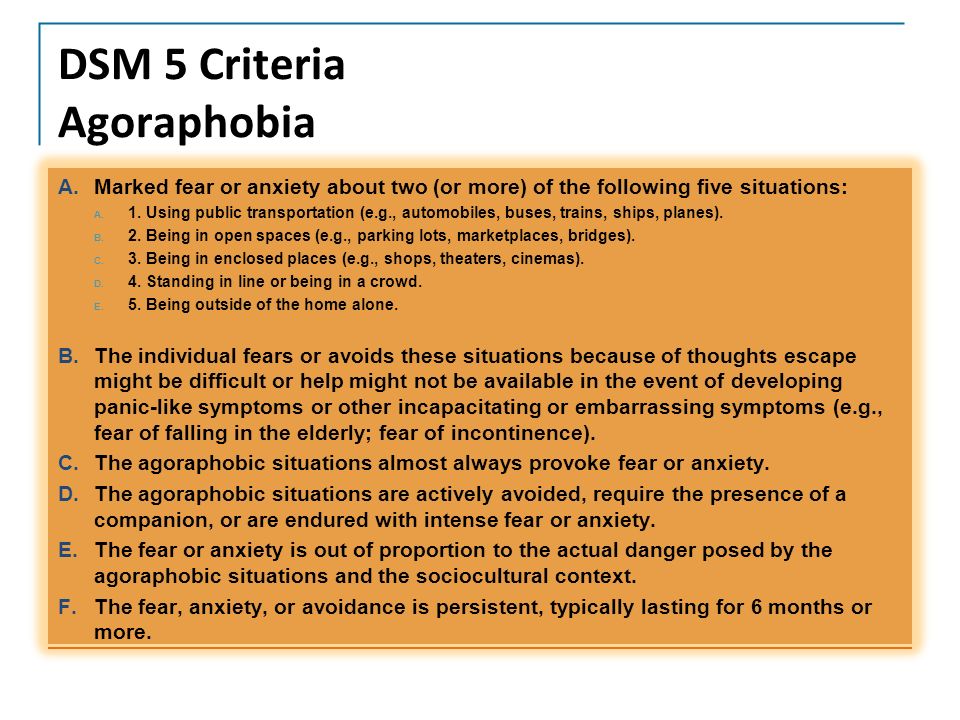 As of 2021, it still has the most Academy Award nominations for Best Original Screenplay, with three wins out of sixteen nominations. Three of his award-winning films are Annie Hall, Midnight in Paris and Hannah and Her Sisters.
As of 2021, it still has the most Academy Award nominations for Best Original Screenplay, with three wins out of sixteen nominations. Three of his award-winning films are Annie Hall, Midnight in Paris and Hannah and Her Sisters.
Allen has many phobias and unique ritual mannerisms. He often incorporates his anxiety experiences into his films, such as the anxious lovers in Annie Hall. Allen suffers from agoraphobia, claustrophobia, does not want to go through tunnels, and does not like showers with a drain in the middle of the floor. In addition, every day he eats the same breakfast, which includes a banana, which he cuts into seven slices. Yes, he counts and recounts them to make sure the number of slices is correct.
3 Brian Wilson
Brian Douglas Wilson is an American musician and founding member of the Beach Boys. He wrote over two dozen Top 40 hits for the group and contributed to songs such as "Surfin' USA" and "Good Vibrations".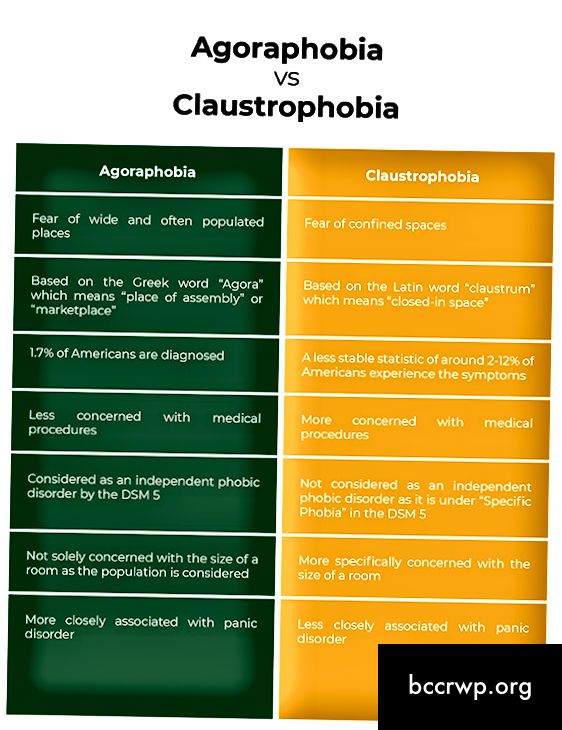 As a producer, Wilson was known as a recording genius. However, he also suffered from mental illness throughout his life. It is assumed that these problems arose from childhood traumas associated with an abusive father and an alcoholic mother.
As a producer, Wilson was known as a recording genius. However, he also suffered from mental illness throughout his life. It is assumed that these problems arose from childhood traumas associated with an abusive father and an alcoholic mother.
In 1964, Wilson suffered a nervous breakdown. Because of this, he stopped touring with the band. As his condition worsened, he became increasingly reclusive and eventually self-medicated with drugs. After his father's death in 1973, he lived in seclusion, drinking and using cocaine.
In addition to agoraphobia, he also had symptoms of auditory hallucinations, similar to schizophrenia. Wilson first began treatment in 1975. By the 1990s, he began to create solo and tour again. From 19He's been coaching for '98 to deal with stage fright and perform live consistently.
2Whoopi Goldberg
Caryn Elaine Johnson, professionally known as Whoopi Goldberg, is a renowned author, comedian, actress and talk show host. She is one of sixteen people who have received Grammy, Oscar, Emmy and Tony awards. Her notable films of the early 1990s include Steven Spielberg's The Color Purple, the romantic fantasy Ghost, and the comedy Sister Act. K 1993 she became the highest paid actress. In 2007, she co-hosted the talk show The View, for which she also received a Daytime Emmy Award. Throughout this time, Goldberg suffered from severe anxiety, which led to agoraphobia and aerophobia - the fear of flying. She could only travel by car, train or bus.
She is one of sixteen people who have received Grammy, Oscar, Emmy and Tony awards. Her notable films of the early 1990s include Steven Spielberg's The Color Purple, the romantic fantasy Ghost, and the comedy Sister Act. K 1993 she became the highest paid actress. In 2007, she co-hosted the talk show The View, for which she also received a Daytime Emmy Award. Throughout this time, Goldberg suffered from severe anxiety, which led to agoraphobia and aerophobia - the fear of flying. She could only travel by car, train or bus.
Goldberg's condition was the result of the traumatic testimony of two planes colliding mid-air and claiming 135 lives. At 1978, when she lived in San Diego and was on the balcony of her apartment, she saw a collision between PSA Flight 182 and a Cessna aircraft.
The thought of flying made her break into a sweat, she worried about the collision of planes. She said: "I saw something that was built in my mind until it became such a big thing for me that it became simply impossible to fly. " Whoopi Goldberg completed exposure therapy by enrolling in the Flying Without Fear program. In 2020, she managed to conquer her fear and fly across the Atlantic to London.
" Whoopi Goldberg completed exposure therapy by enrolling in the Flying Without Fear program. In 2020, she managed to conquer her fear and fly across the Atlantic to London.
1Elfriede Jelinek
The Austrian playwright and novelist Elfriede Jelinek is an established author and is considered one of the most important living dramatists in the German language. Her notable novels include The Piano Teacher and Lust. In 2004, she was awarded the Nobel Prize in Literature.
Despite critical acclaim, Jelinek developed agoraphobia and social phobia after she decided to write seriously. Her disorder prevents her from boarding planes, going to the movies, or participating in ceremonies. For these reasons, she did not accept the Nobel Prize in person, but attended the ceremony via video link. While some criticized her for choosing to perform virtually, others appreciated that Jelinek was honest about her condition.
